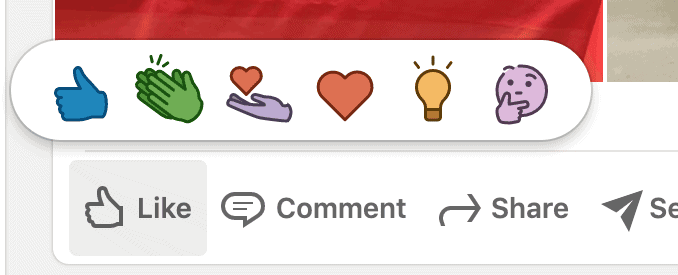From todays treatment to future medicine
Year 2021 will be the year of Real-World Evidence. Data obtained from patients’ treatment has always been utilized in developing practices. However, new enabling legislation on the secondary use of health and social data opened new possibilities for using Finnish register data. This blog discusses different uses of real-world evidence, explains what real-world data is, and points out why these topics are important right now.

Data saved in a register is primarily used for the purpose it was initially created – for example treating the patient. However, it is vital to use this data more comprehensively, for so called secondary purpose.
Use of data for secondary purpose means research that utilises health and social data for other purposes than for which the data was originally collected. This sort of research has the potential to turn today’s treatment into better treatment for future patients.
What?
Real-world data accumulates based on a patients health state, symptoms, and treatment decisions doctors make when treating the patient. A disease, given treatment, height, weight, and birth of a child are examples of health related real-world data.
Depending on the research setting, social data may be combined with health data to measure specific social perceptions of an illness or association between a social measure and a symptom. Level of education and annual income are examples of social data that accumulates in registers. The abbreviation RWD is commonly used when spoken about real-world data.
Real-world evidence is evidence obtained from real-world data. The effectiveness of a treatment and its costs for society are examples of real-world evidence. The abbreviation RWE is commonly used when spoken about real-world evidence.
“Treatment given today may be the key for better healthcare in the future”
In Finland, RWE-research is based on Act on the Secondary Use of Social Welfare and Health Care Data (Laki sosiaali- ja terveystietojen toissijaisesta käytöstä, based on government proposal HE 159/2017). The Act became effective in May 2019.
For what purpose?
Register study may help develop better service and treatment, more effective medicines, or applications and technologies to improve patients health.
The use of registry data in RWE-research is safe for individual patients because the data is anonymised. This means that individuals are no longer identifiable. Furthermore, individual-level information is not of interest in RWE-research. Only a large amount of research subjects can enable significant examinations – RWD retrieved from a single person or a few persons would not create statistically significant RWE.
From where?
Secondary use of health and social data requires a data permit. In Finland, data permit for studies utilising data from several different controllers is applied from the Finnish governmental data operator Findata. If the study uses data from only one controller, the data permit is usually applied from the controller. The data permit application must define the data utilization plan and from which registries data is retrieved.
There are many public and private controllers of registry data. These include for example the Social Insurance Institution (KELA), the Statistics Finland (Tilastokeskus), the Finnish Institute for Health and Welfare (THL), Terveystalo and Mehiläinen (Finnish private and occupational healthcare service providers).
Why now?
Finland has an important role in the RWE research field as our comprehensive and reliable registries have a good reputation worldwide. Using the personal identification number, which is unique for each Finnish resident, it is possible to link data from several sources to build comprehensive data sets. The personal identification numbers are replaced with pseudonyms before the data is released to the analysis environment. Thus, individuals cannot be identified. It is forbidden for a researcher even to attempt to identify anyone from the data.
Recent Act on the Secondary Use of Health and Social Data made the Finnish field of RWE-research more active.
Summary
Year 2020 was dedicated to the development of the RWE landscape in Finland and worldwide. The practices for effective Finnish RWD use were constructed and developed during last year. Collaboration between controllers, authorities, and researchers has enabled faster and more straightforward RWE-research with Finnish data.
How do You feel about secondary use of health and social data? React to our LinkedIn post accordingly (using LinkedIn reactions) and see how others feel!
I’d love to hear more of your ideas in the LinkedIn comment section, so please feel free to share your thoughts! What does the world of RWE look like in 2021? What new developments will we see this year? Get your crystal balls out!

PS. Remember to:
- subscribe to our blog
- follow Medaffcon on social media

